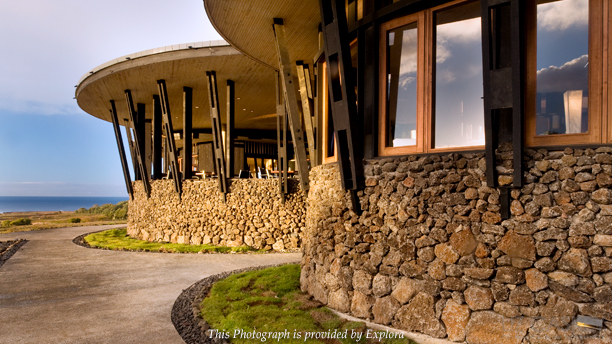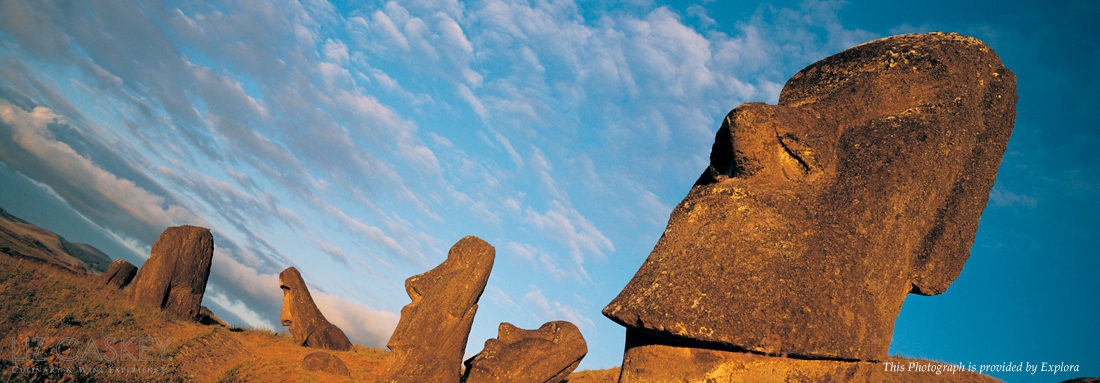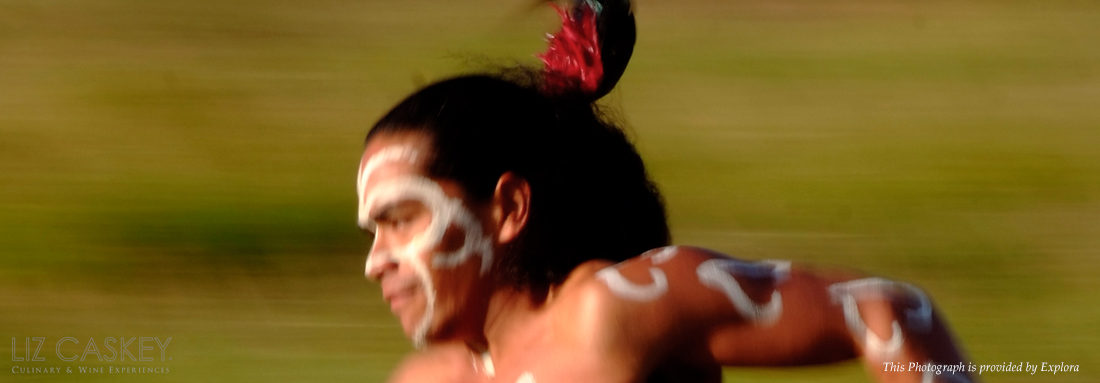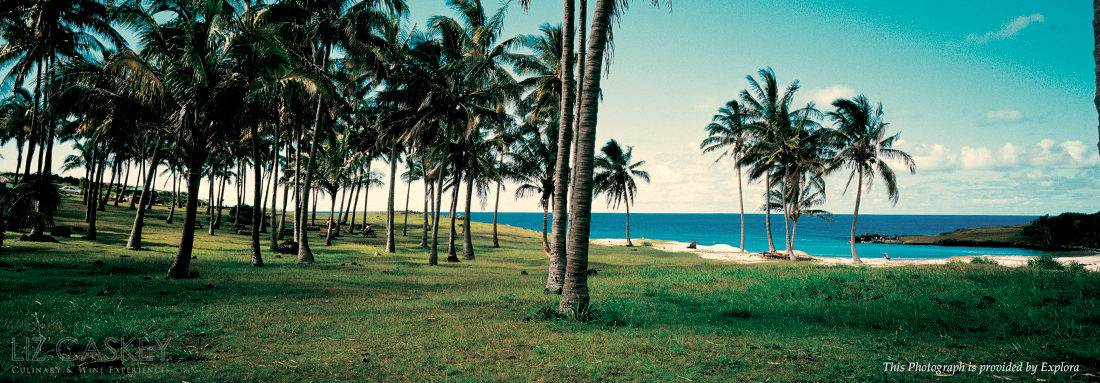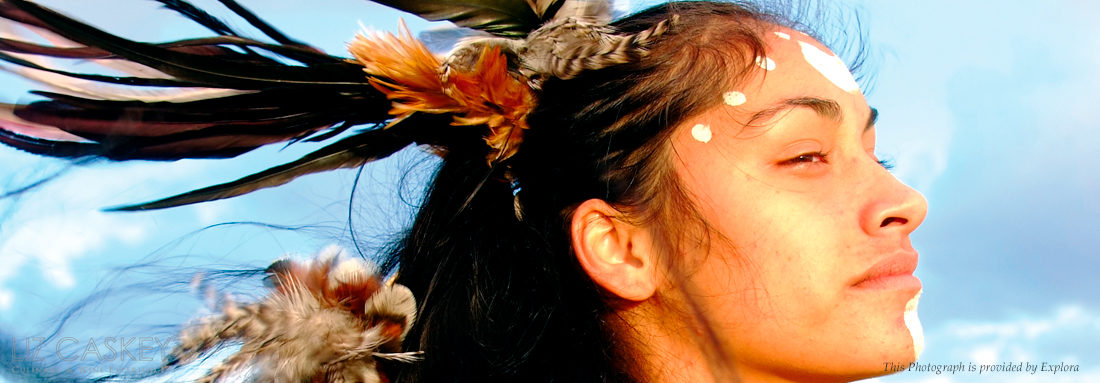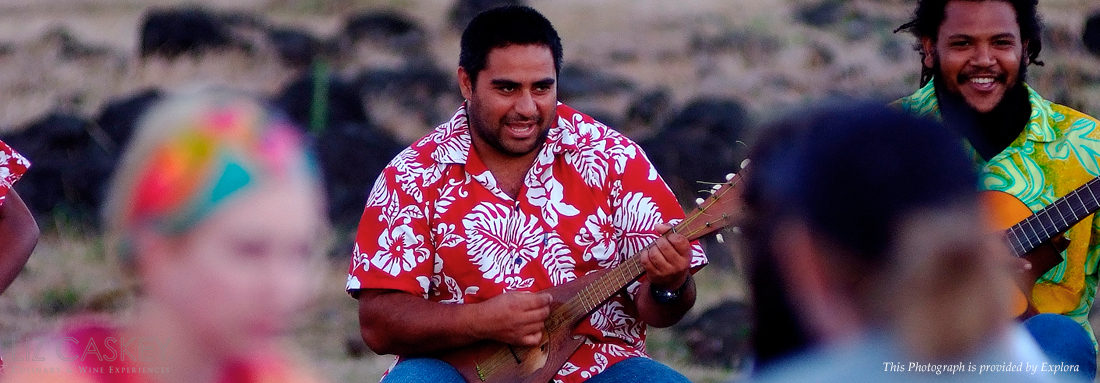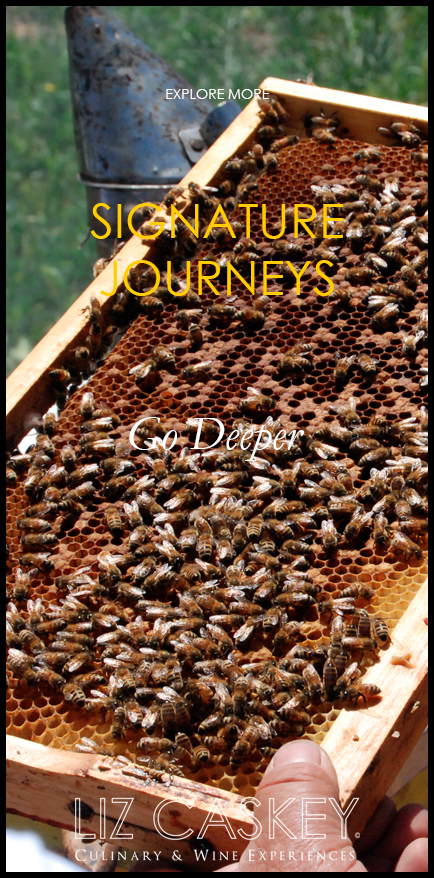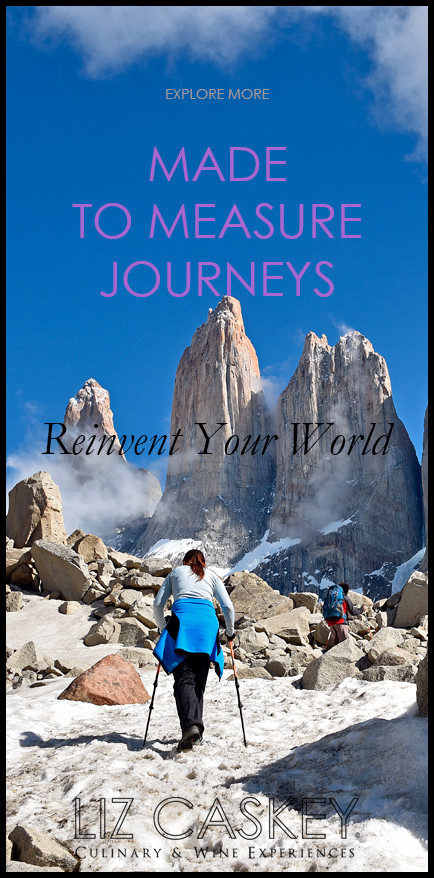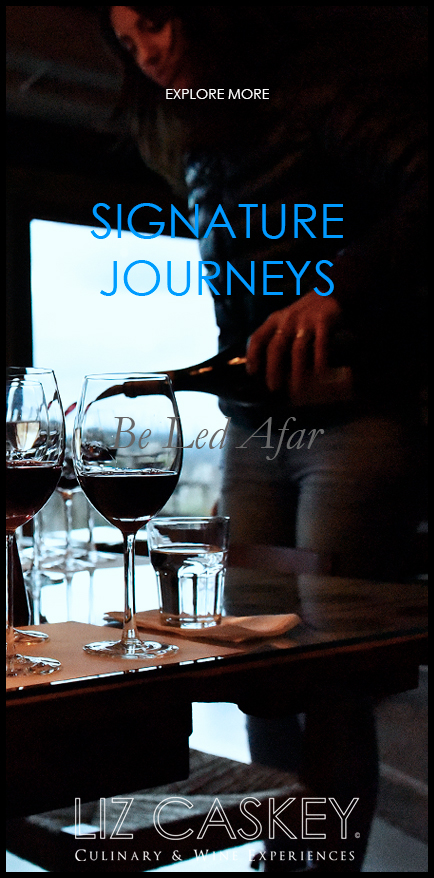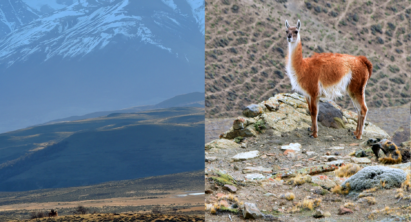Easter Island
Nearly 2,300 miles off the coast of Chile, Easter Island is one of the most isolated places on the planet. A lone volcanic island in the Pacific between Chile and Tahiti, it is culturally a mesh between Latin and Polynesian cultures and home to the totemic moai, the gigantic rock figurines that are a world mystery.
Landing on Easter Island truly feels like another galaxy. Perhaps it’s the stark landscape, the volcanic craters, the waves crashing on shores from all sides, but it feels wild.
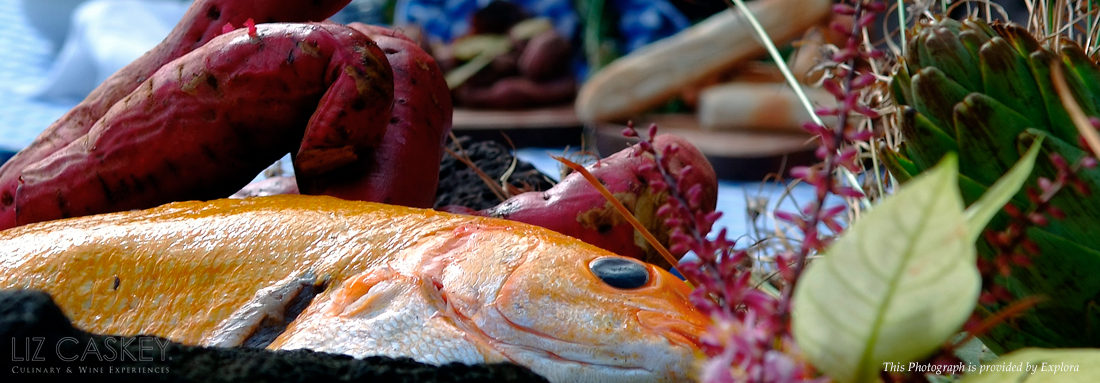
Ingredients
Few places can boast being the most isolated in the world. Easter Island can. Half way between Chile and Tahiti, and six hours flying west from Santiago, Easter Island is Chilean territory but remains a world apart with an identity all it’s own. When you land, you will feel like you are in Spanish-speaking Polynesia. The adventure has only just begun.
Things We Love
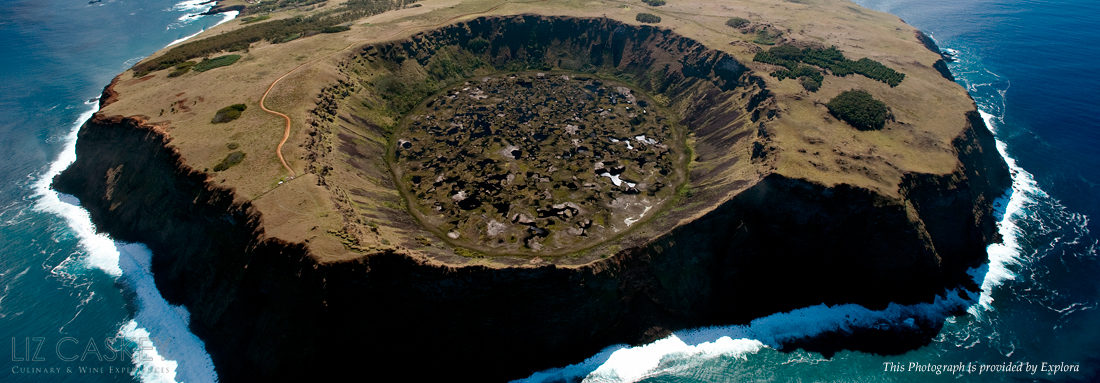
Island Time Transportation: Easter Island’s rocky landscape is as awe-inspiring as the moai, and some of the most beautiful places on the island can only be explored on horseback. Saddle up for panoramic views as you make your way along coastal ridges and stunning cliffs, past archaeological sites and down to the beach. The slower pace helps you fall into tune, too, with island time. The island’s gently rolling, traffic-free roads are ideal for cycling. Grab a bike, a map, and take off to explore. Cruise along paved coastal roads, breathing in the salty air and absorbing the sun and wind. You can easily arrive at the island’s most photographed site, Ahu Tongariki or “The Fifteen”, home to 15 moai that seemingly stand guard over the island. Don’t forget your camera.
Beaching at Anakena: The island’s most idyllic beach is covered in white coral sand with crystal clear waters. It’s a place where local surfers catch breaks and the beach gives way to dramatic rocky coves and cliffs. While there are certainly some ceremonial sites to visit, a highlight is catching some rays and savoring one of the local fresh tuna empanadas al fresco.
Rapa Nui Week: For cultural enthusiasts, the colorful Tapati festival every February is when locals celebrate their Polynesian heritage. It is truly one of the most vibrant times to visit the island with traditional dances, foods, and fun. Book at least a year in advance as most hotels sell out.
and the meaningful
Hotels
